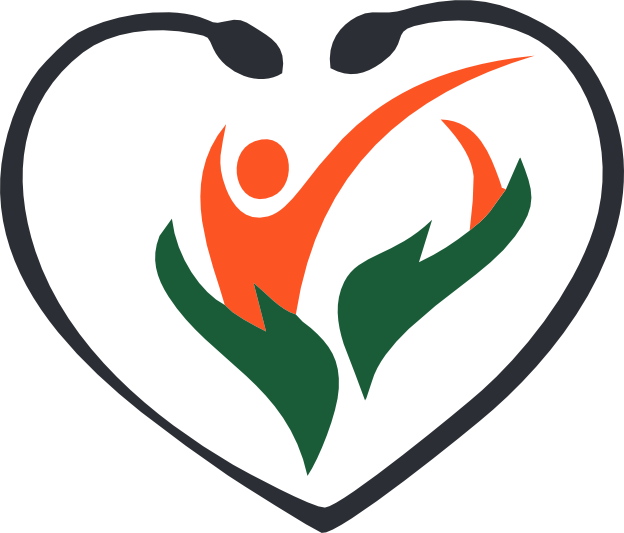Deciding on the right surgery for gallbladder problems is important. Among the different surgical options, laparoscopic cholecystectomy has emerged as a popular, modern solution. This procedure is designed to address gallbladder issues promptly and with less discomfort, offering a pathway to improved health. In this guide, we will explore all aspects of this procedure—what it is, the benefits, the potential risks, and how to prepare for it. This information will assist you in making a well-informed decision about whether this surgery is the right choice for your health needs.
What is Laparoscopic Cholecystectomy?
Laparoscopic cholecystectomy is a surgical procedure that removes the gallbladder using a minimally invasive method. This technique employs small tools and a special device called a laparoscope. A laparoscope is a tiny video camera that surgeons insert through small incisions. It allows them to see inside your body on a screen, which helps make precise maneuvers. This method differs significantly from traditional open surgery.
Many people undergo this surgery due to gallstones, which are hard deposits that can cause pain, inflammation, and infection. Candidates for this procedure include those experiencing significant discomfort or recurrent gallbladder issues. Importantly, its less invasive nature means faster healing and smaller scars.
With clear eligibility criteria and a focus on minimizing bodily impact, laparoscopic cholecystectomy offers a viable solution for affected individuals. Those who have persistent symptoms or complications related to their gallbladder commonly find themselves exploring this modern surgical option.
Benefits of Opting for Laparoscopic Cholecystectomy
Choosing laparoscopic cholecystectomy comes with numerous advantages. One of the main benefits is the reduced recovery time compared to traditional surgeries. Since this method uses small cuts, it also leads to less pain and smaller scars, making the healing process quicker and often less painful.
Furthermore, because it is less invasive, this surgery allows many patients to go home the same day. This quick turnaround is appealing to both patients and doctors, as it permits a faster return to everyday activities. Medical professionals often favor this method since it simplifies post-operative recovery.
A patient, Sarah, shared her journey of opting for this surgery. She highlighted how swiftly she was back on her feet and how she was enjoying her daily activities without the persistent pain gallstones caused her.
Risks and Considerations
While laparoscopic cholecystectomy is generally safe, it’s important to understand the possible risks. Potential issues might include organ injury or infections. In some rare scenarios, a surgeon might need to switch from a laparoscopic to an open approach if complications arise.
Individuals with previous abdominal surgeries or certain medical conditions may face higher risks. For instance, severe inflammation or scarring might complicate the procedure. However, expert statistics and opinions consistently support this method’s safety.
Engaging with healthcare professionals and discussing personal health circumstances can help in understanding the procedure’s implications better, ensuring patients make well-informed decisions.
Essential Pre-Surgery Preparation Tips
Preparation is key to a successful laparoscopic cholecystectomy. Here are some steps to get ready:
- Imaging Tests and Consultations: Undergoing imaging tests and having thorough consultations help doctors plan the surgery.
- Anesthetic Evaluations: Meeting with a doctor to understand your anesthesia needs forms a crucial step.
- Lifestyle Adjustments: Minor changes like avoiding certain foods or smoking can improve surgery outcomes.
- Clear Discussions: Communicate with surgeons about your expectations and ask specific questions about what to anticipate post-surgery.
By following these steps, patients can reduce surgical risks and set realistic expectations for their recovery.
Recovering from Laparoscopic Cholecystectomy
Post-surgery, the recovery process varies for each individual, but here’s what you can broadly expect. Typically, patients resume light activities within a week. It’s usual for discomfort to decrease considerably in the first few days.
Wound Care: Keeping the surgical sites clean and dry aids in healing and reduces infection risk. Watch for any signs of complications such as unusual redness or fever.
Dietary Guidelines: Initially, stick to light and easy-to-digest foods. Over time, reintroduce regular meals based on your doctor’s advice. Some people might need to adjust their diets permanently to help with digestion.
Long-Term Adjustments: Embrace a healthy lifestyle by maintaining a balanced diet and staying active. Doing so enhances overall well-being and prevents additional health issues, ensuring a smooth adjustment to life without a gallbladder.
Final Thoughts: Consultation and Individual Decisions
In summary, making the decision to undergo laparoscopic cholecystectomy involves weighing the benefits and risks. Having thorough discussions with healthcare professionals ensures that your choice aligns with your health goals. Always prioritize informed decision-making by considering all relevant factors to determine if this surgery best fits your needs. Your health and comfort should indeed guide your final decision.
Consult us today for expert guidance!


